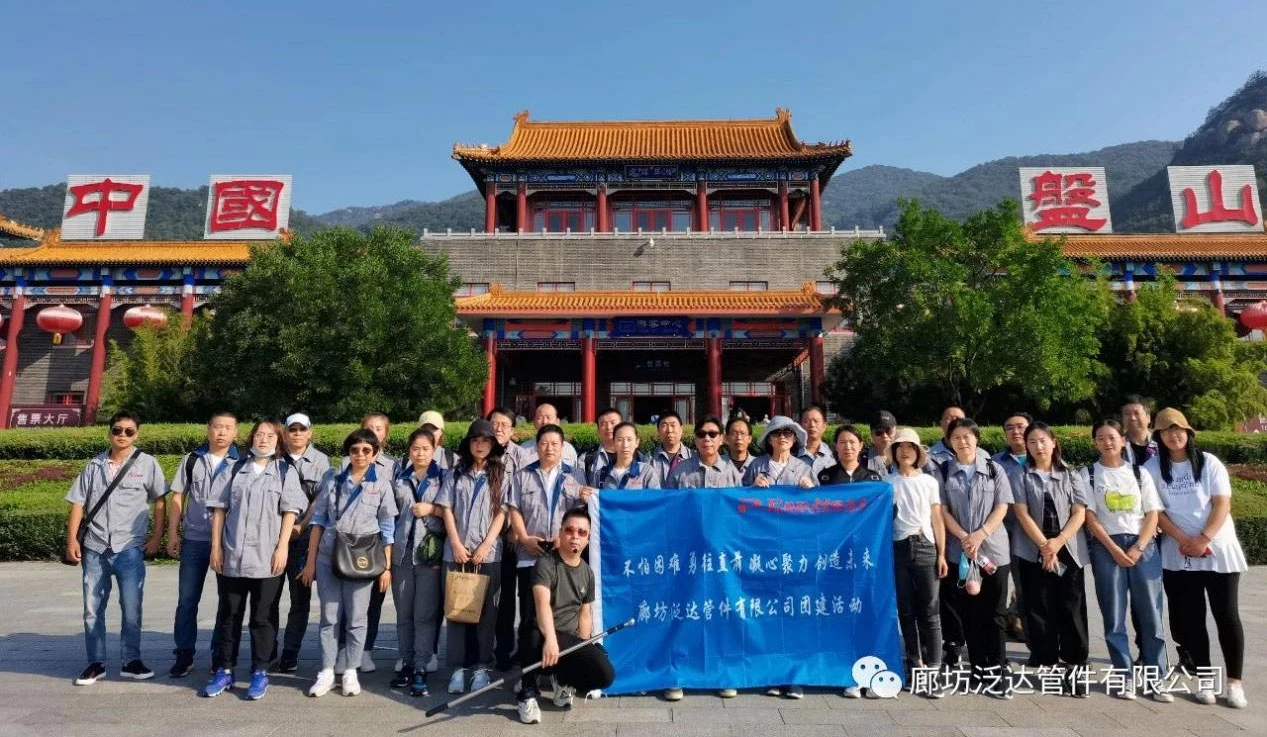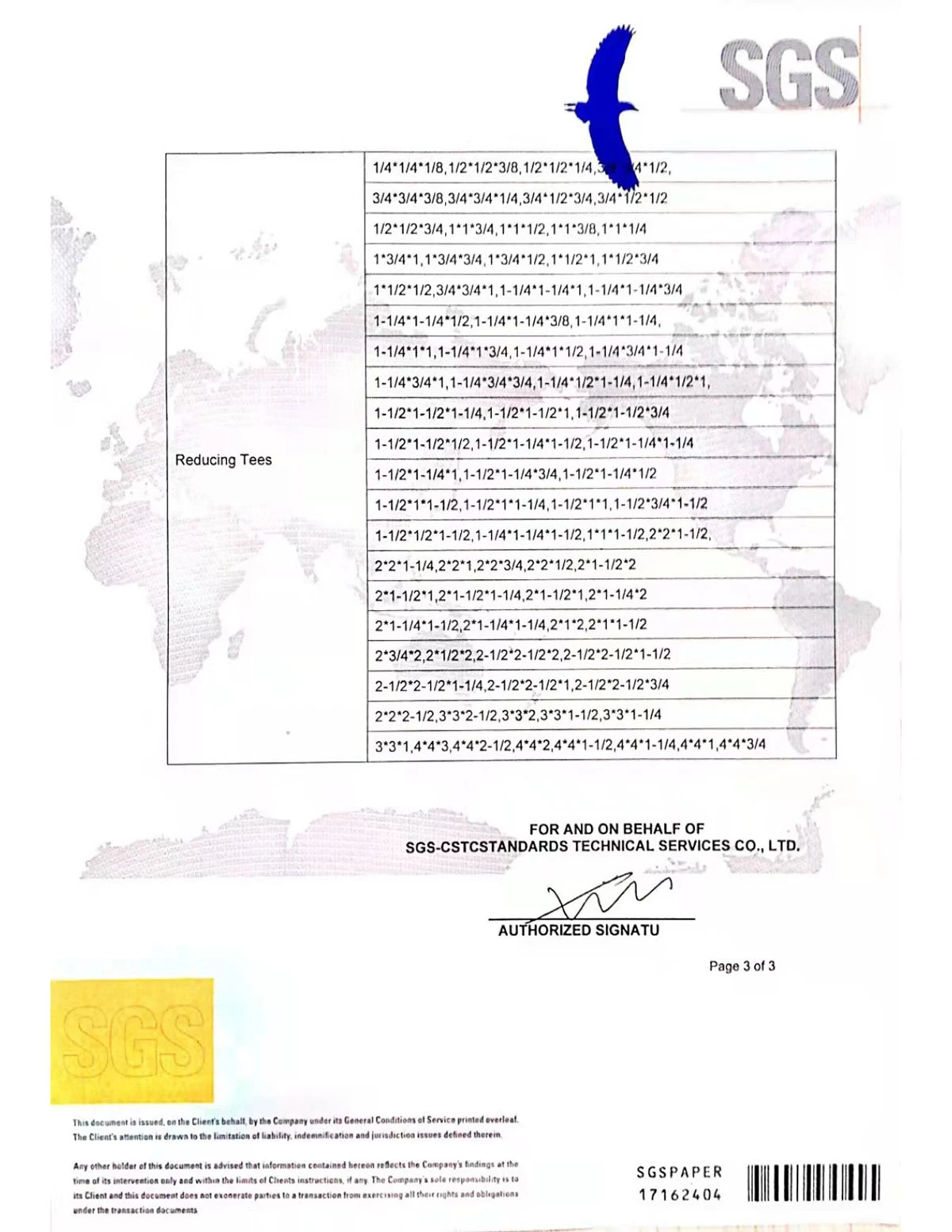Navigating the vast marketplace of cast pipe fittings requires a blend of technical understanding and industry insights to ensure you are making informed decisions for your plumbing or industrial needs. This comprehensive guide to cast pipe fittings is crafted with the expertise of seasoned professionals, guaranteeing a trustworthy source of information that enhances your knowledge in this domain.

Cast pipe fittings are indispensable components in various sectors, including residential, commercial, and industrial plumbing. These fittings, derived from a process involving the melting of metals like iron, aluminum, or steel and pouring them into molds, are known for their robustness and durability. The casting process allows for intricate shapes and sizes, accommodating diverse applications and custom requirements.
One of the key benefits of cast pipe fittings lies in their ability to withstand extreme conditions. They are engineered to endure high pressure and temperature variations, making them ideal for settings where plastic or less resilient materials would fail. Industries such as oil and gas, chemical processing, and wastewater management often rely on cast fittings for their reliability and longevity.

When selecting cast pipe fittings, the material composition is a critical consideration. For instance, cast iron fittings are lauded for their exceptional strength and corrosion resistance, essential for underground or submerged pipelines. On the other hand, stainless steel cast fittings offer resistance against chemical reactions and are preferable in food processing or pharmaceutical industries due to their non-reactive nature.
A practical approach to integrating cast pipe fittings into your systems is to consult with professional engineers or suppliers who possess in-depth knowledge about the specifications and standards relevant to your region or industry. Understanding the nuances of fitting types, such as elbows, tees, reducers, and coupling joints, will guide you in building efficient and leak-proof systems. These fittings are available in various standard sizes and custom dimensions, each coded for pressure ratings and thread types (e.g., threaded or socket-weld).
The versatility of cast pipe fittings extends to their compatibility with other piping materials and systems. They can seamlessly integrate with copper, PVC, or PEX pipes when appropriate adaptors or transitions are used. This adaptability simplifies upgrades or modifications to existing systems, reducing downtime and operational disruptions.
cast pipe fittings
Maintenance of cast pipe fittings is straightforward and generally involves regular inspections for wear or signs of corrosion. Engaging a certified maintenance team ensures that potential issues are addressed promptly, elongating the lifespan of your piping systems. High-quality fittings from reputable manufacturers come with comprehensive warranties and service agreements, providing peace of mind and establishing trust in their products' performance.
In terms of cost-effectiveness, cast pipe fittings offer a remarkable balance between upfront investment and long-term savings. While initial costs might be higher compared to plastic alternatives, the longevity and minimal maintenance requirements of cast fittings can lead to substantial savings over time. Bulk purchasing from established suppliers often includes discounts and favorable terms, aiding businesses in managing budgets effectively.
The ongoing advancements in casting technology continue to enhance the quality and functionality of these fittings. Innovations such as centrifugal casting and the use of hybrid alloys promise to push the boundaries of strength and lightweight design, expanding possibilities for their application.
Engaging in forums or communities specializing in plumbing and industrial piping allows you to garner authentic user experiences and advice. Sharing insights about successful installations or challenges equips you with real-world testimonials, enriching your decision-making process and reinforcing the credibility of the solutions you choose.
In conclusion, cast pipe fittings are more than just connectors in a piping system; they are pivotal components that dictate the efficiency, safety, and sustainability of operational processes. With a firm understanding of their advantages, applications, and maintenance, you solidify your stance as a knowledgeable stakeholder in your respective industry. Entrust your systems to the unmatched strength and versatility of cast pipe fittings, and witness a seamless, enduring integration that stands the test of time and technology.
Post time:
1 月-20-2025











